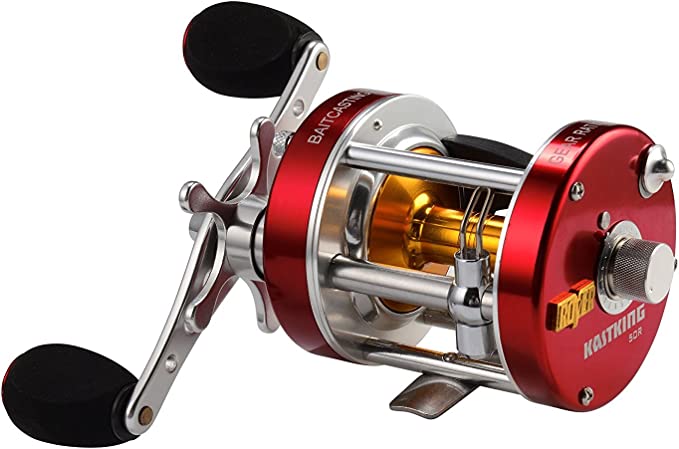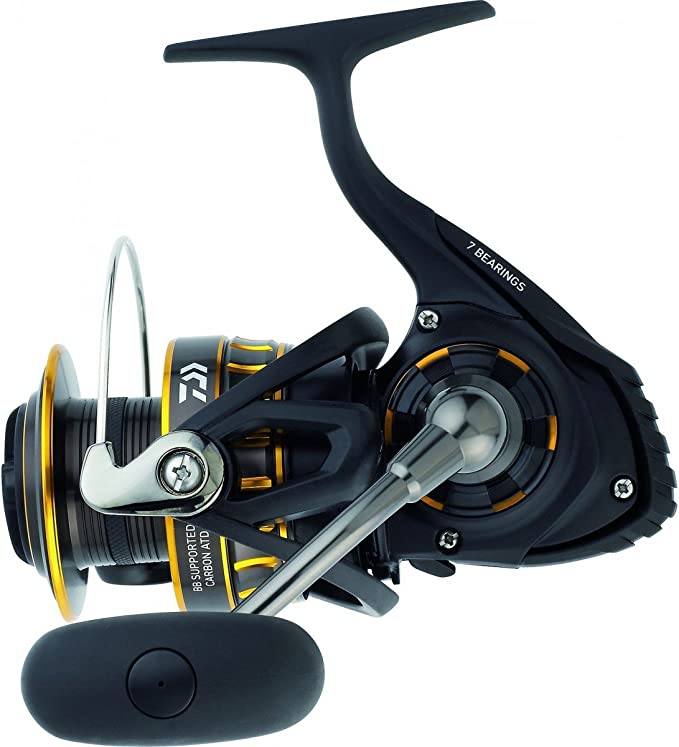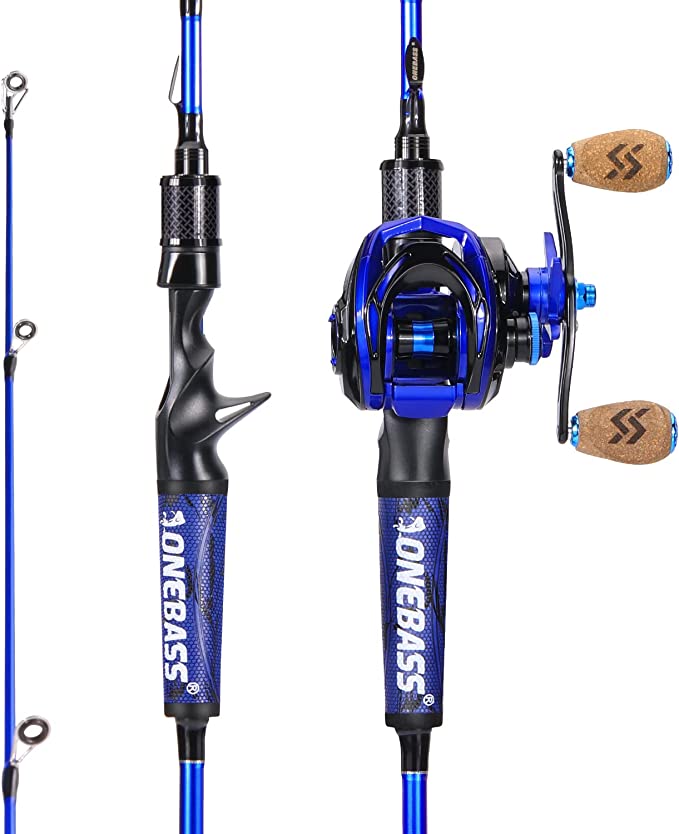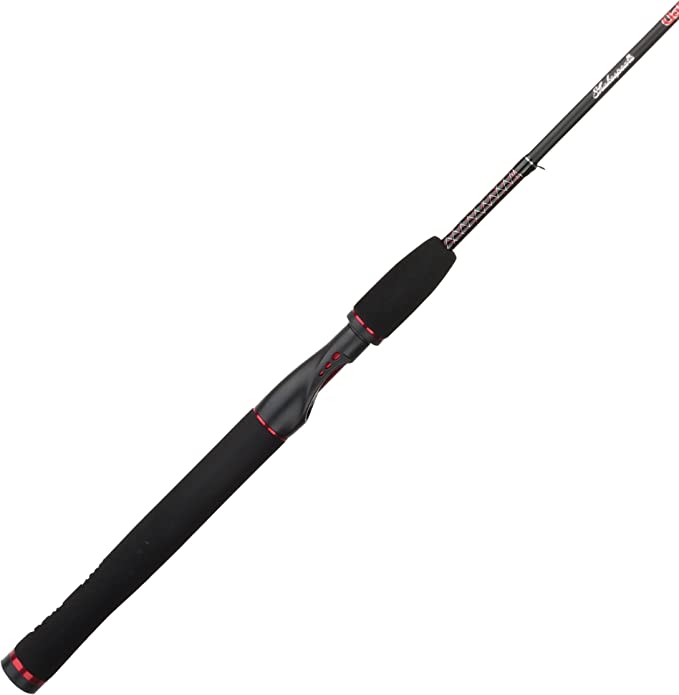Dream House Bell Tent: Reimagine Camping with Spacious Comfort and Timeless Style
Update on Sept. 5, 2025, 2:42 p.m.
In an age of ultralight materials and smart technology, the enduring appeal of a simple canvas shelter isn’t nostalgia. It’s a masterclass in physics, material science, and a design philosophy we desperately need to relearn.
I recently watched a friend, equipped with the latest in outdoor innovation, struggle as a sudden gust of wind snapped a carbon-fibre pole on his tent, turning his ultralight marvel into a heap of flapping, useless fabric. His GPS watch, his solar charger, his moisture-wicking everything—it all felt laughably fragile in that moment. It made me think about the paradox of our modern gear: the more technologically advanced it becomes, the more spectacularly it seems to fail.
In this relentless pursuit of ‘new’, we have forgotten the profound genius of ‘old’. And there is no better exhibit for this case than the quiet, confident resurgence of the canvas bell tent. To the uninitiated, it looks like a relic. It’s heavy. It’s bulky. Yet, its continued existence and growing popularity are not an accident of fashion. By examining a modern example, like the popular Dream House Bell Tent, we can dissect a masterclass in resilient design that works with the laws of nature, rather than fighting a losing battle against them.

The Ghost of the Great Plains: A Design Born from Necessity
The shape of the bell tent is so simple, so archetypal, that it feels timeless. And in a way, it is. Its most direct ancestor is the Sibley Tent, a conical canvas shelter patented in 1856 by the American military officer Henry Hopkins Sibley. Tasked with creating portable barracks for troops on the frontier, Sibley didn’t invent the design from scratch; he adapted it from the Tipi of the Great Plains tribes.
He recognized the inherent brilliance of a structure perfected over centuries of life in one of the world’s most demanding environments. The cone is inherently aerodynamic and stable, shedding wind and rain with ease. The single central pole creates a vast, unobstructed living space, supported by the tension of the fabric itself. The Sibley Tent could house a dozen men comfortably and was a revolution in military lodging. What Sibley patented was a simplification for mass production, but the core engineering wisdom was ancient. This is the first clue: great design is often discovered and refined, not invented.

A Material That Thinks: The Magic of Breathing Canvas
The true soul of the shelter, however, is its skin. We think of cotton as a simple, everyday material, but in the form of tightly woven canvas, it becomes a high-performance fabric with an almost intelligent secret. Look at the specifications for our example tent: the walls are a 285gsm (grams per square meter) cotton canvas. This metric tells you its density, a direct indicator of its durability. But its most remarkable feature is revealed during its first rainstorm.
The instructions for any new canvas tent will tell you to “season” it—to pitch it and let it get thoroughly soaked once before you rely on it. This is because a strange and wonderful thing happens. The first time it rains, it might leak slightly. But as the natural cotton fibers absorb water, they swell, dramatically tightening the weave. As it dries, the fibers relax into this new, denser configuration. On every subsequent storm, this swelling action turns the fabric into a physically impenetrable, water-resistant barrier.
This is not a chemical treatment; it’s the intrinsic physics of the cellulose fiber. It’s a low-tech, self-sealing mechanism. Of course, modern versions add a light Polyurethane (PU) coating to provide a formal 3000mm hydrostatic head rating—meaning it can withstand the pressure of a three-meter column of water. But the primary defense is the material’s innate cleverness. This canvas skin doesn’t just block the weather; it breathes. It allows water vapor from occupants’ breath and perspiration to escape, virtually eliminating the damp interior condensation that plagues even the most expensive nylon tents.

The Elegant Physics of Standing Firm
A bell tent is a beautiful lesson in structural equilibrium. It’s a system built on two fundamental forces: the unwavering compression of the central pole, and the distributed tension of the canvas skin and guy lines.
The single, thick galvanized steel pole is the backbone, pushing up against gravity. Galvanization itself is a small piece of brilliant chemistry—a layer of zinc that acts as a “sacrificial anode,” corroding first to protect the steel beneath from rust. But this pole does nothing on its own. Its strength is activated by the fabric pulling down and out against it, held taut by stakes in the ground.
This network of tension is what gives the tent its immense strength. When wind hits the conical surface, the force isn’t concentrated on a single rigid point. It’s spread across the entire fabric membrane and channeled down through the guy lines into the earth. It is, in essence, a miniature, fabric-clad suspension bridge. This is why it can withstand 30-mph winds. And it’s why, as users note, it requires a wide, clear area for its ropes. That large footprint isn’t a design flaw; it’s the necessary geometry of stability. It’s a deliberate trade-off: resilience in exchange for the convenience of a tiny pitch site.

The Art of the Microclimate: Engineering Comfort
Finally, the tent is an elegant engine for managing comfort. Its conical shape and light color are not just aesthetic choices. The slope of the walls encourages rain to run off immediately, while the beige fabric reflects far more solar radiation than a dark tent, keeping the interior cooler on a sunny day.
The real genius, however, is in its management of air. Warm, humid air naturally rises. The four vents located at the tent’s apex create a natural chimney. This stack effect constantly pulls cooler, fresh air in from the lower windows and walls while exhausting stale air out the top. It’s a passive, silent air-conditioning system.
This breathable, ventilated environment is anchored by a floor of a completely different philosophy. The groundsheet is a heavy-duty 540gsm PVC—a totally impermeable, brutally tough material. This design choice recognizes a simple truth: you want your walls to breathe, but you want your floor to be an absolute fortress against ground moisture. The contrast between the two materials isn’t a compromise; it’s a sophisticated solution to two different problems.
Conclusion: Rediscovering Durable Wisdom
The canvas bell tent endures not as an exercise in nostalgia, but as a testament to a different kind of innovation—one based on resilience, harmony with natural principles, and longevity. It teaches us that the most intelligent material might be one that responds to its environment, that the strongest structure can be the simplest, and that comfort is a product of clever physics, not complex electronics.
In a world drowning in disposable gadgets and planned obsolescence, the rise of this “low-tech” shelter is a quiet rebellion. It suggests a growing desire for things that are not just smart, but wise. The canvas tent is more than a place to sleep outdoors; it’s a beautifully engineered argument for a more durable and sustainable way of living. And perhaps that’s a piece of technology we need now more than ever.







































